Search
Did you mean: Slavs?
Summary 
Loading AI-generated summary based on World History Encyclopedia articles ...
Search Results
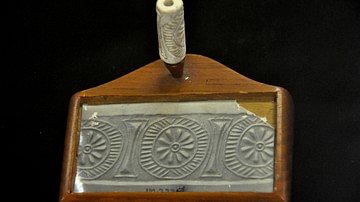
Article
Cylinder Seals in Ancient Mesopotamia - Their History and Significance
Among the most interesting and revealing artifacts discovered from ancient Mesopotamia are cylinder seals. These fairly small items may be seen today in museum exhibits around the world but, perhaps owing to their size, they are not given...
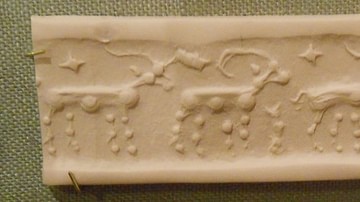
Definition
Cylinder Seal
Cylinder Seals were impression stamps used by the people of ancient Mesopotamia. Known as kishib in Sumerian and kunukku in Akkadian, the seals were used by everyone, from royals to slaves, as a means of authenticating identity in correspondence...
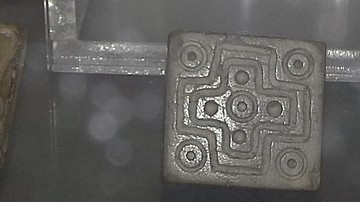
Image
Seals of the Indus Valley Civilisation
Seals excavated from sites of the Indus Valley Civilisation and now housed at the National Museum, New Delhi, India. 3000 - 1700 BCE
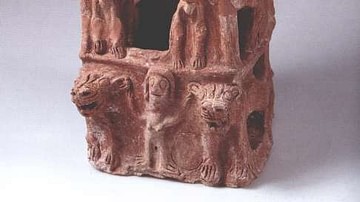
Definition
Ancient Israelite Art
Ancient Israelite art traditions are evident especially on stamps seals, ivories from Samaria, and carvings, each with motifs connecting it to more general artistic traditions throughout the Levant. Ancient Israel, and therefore its art...
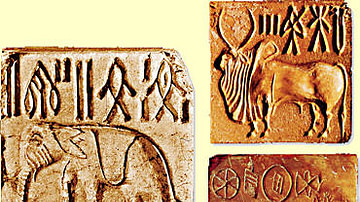
Image
Indus Valley Seals
Seals with Indus Script from Indus Valley Civilizations.
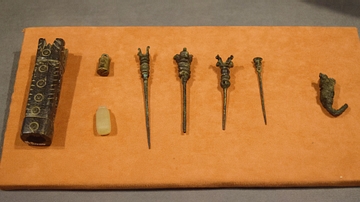
Image
Urartian Seals
These are Urartian seals from the Van Kingdom made of bronze and stone. They date from the 8-7th century BCE. (Metsamor Historical-Archaeological Museum-Reserve, Taronik, Armenia)

Image
Chalcolithic Stamp Seals
This is a stone gable-shaped seal. It is carved with a procession of three horned animals, probably gazelles. From Central Turkey or Northern Syria. Late Chalcolithic (Copper) Age, 4000-3000 BCE. (The British Museum, London).

Video
82nd & Fifth: Cylinder Seals
http://82nd-and-fifth.metmuseum.org/sealed Explore this object: http://82nd-and-fifth.metmuseum.org/cylinder-seal-and-modern-impression-nude-bearded-hero-wrestling-with-a-water-buffalo-bull-man-wrestling-with-lion-mesopotamia-41.160.281...

Definition
Indus Valley Civilization
The Indus Valley Civilization was a cultural and political entity which flourished in the northern region of the Indian subcontinent between c. 7000 - c. 600 BCE. Its modern name derives from its location in the valley of the Indus River...
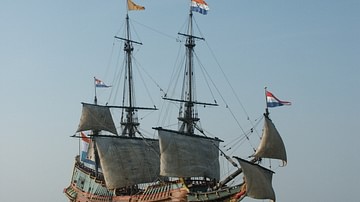
Article
Wreck of the Batavia
The Batavia was a Dutch East India Company ship that foundered on the coral reefs of the Houtman Albrolhos Islands, 60 kilometres (37 mi) off the coast of Western Australia, just before dawn on 4 June 1629. It was the flagship of a fleet...